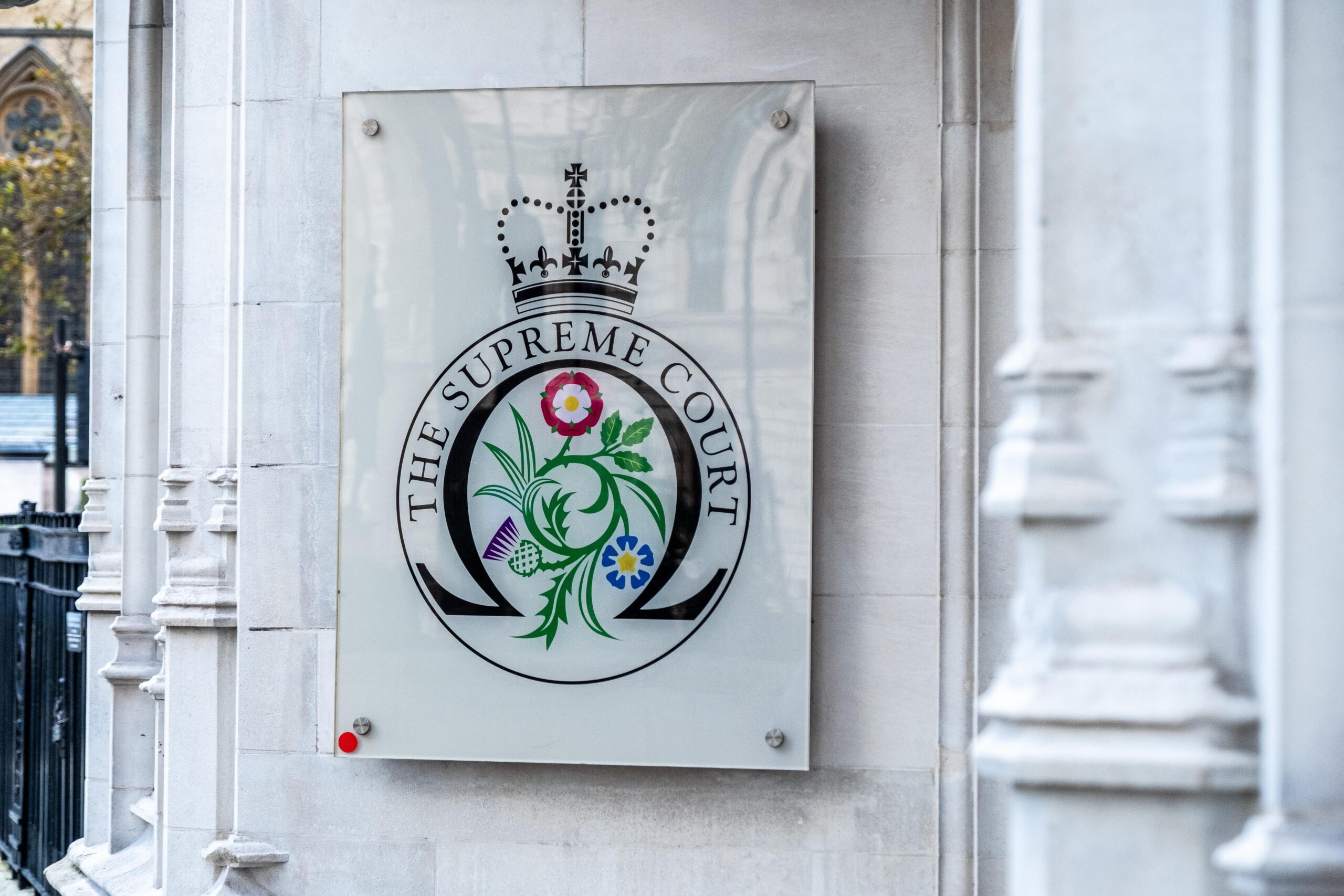Transferring assets before insolvency challenged by creditors
Simon Fawell, Partner, Signature Litigation
Simon Fawell, partner at Signature Litigation warns the need to prove intent is not to be taken lightly when making a claim under s423, despite Supreme Court ruling in El-Husseiny case over transferring properties prior to insolvency
A recent decision of the UK Supreme Court has provided welcome confirmation that section 423 of the Insolvency Act 1986 (IA1986) has a wide scope and that there is no significant gap in the legislation that would potentially allow debtors to avoid creditors by holding assets through corporate vehicles and transfer them for little or no value.
A subsequent Court of Appeal ruling, however, serves as a timely reminder that, for a claim under s423 to succeed, it must be proved that putting assets beyond the reach of creditors was a positively intended consequence of the transfer rather than a by-product. That intention is not always easy to prove.
The two cases in question are El-Husseiny and Another v Invest Bank PSC and Purkiss (as liquidator of Ethos Solutions Limited) v Kennedy & Others.
Section 423 of IA1986 is an important tool that provides recourse for creditors where a debtor transfers an asset for no consideration at all or at an undervalue. As it was put in El-Husseiny, ‘debts must be paid before gifts can be made’.
Importantly, for s423 to be engaged, the debtor must cause the transfer to be made with the intention of putting assets out of the reach of creditors. This is particularly powerful as it has no time restrictions, for example, requiring the transfer complained of to be within a specified period before the commencement of insolvency proceedings and because it does not require the debtor to be in formal insolvency process.
Accordingly, claims under s423 can be brought directly by any affected creditor rather than creditors having to rely on an appointed insolvency practitioner to bring the claim. Further, a claim under s423 can be brought by any affected creditor and not only the creditor that the debtor intended to avoid.
The El-Husseiny case
El-Husseiny concerned a property held by a Jersey company where Ahmad El-Husseiny was the beneficial owner of all shares. El-Husseiny arranged with one of his sons (Ziad) that he would cause the company to transfer the property to Ziad for no consideration. This had the effect of substantially reducing the value of El-Husseiny’s shares in the Jersey company.
The argument considered by the Supreme Court was whether s423 could be engaged in circumstances where the property being transferred belonged to the corporate vehicle and not to the debtor himself.
In doing so, El-Husseiny sought to hide behind the separation of legal personality in English law between a corporation and its shareholder. The Supreme Court rejected El-Husseiny’s arguments on a straightforward reading of s423 which contains no express requirement that the assets in question belong to the debtor.
Working through the language of s423, the Court’s logic was as follows:
- El-Husseiny had made an arrangement (in the words of s423, ‘entered into a transaction’) with Ziad on terms that provided for El-Husseiny to receive no consideration;
- a transfer by a solvent company of a valuable asset for no consideration necessarily resulted in a diminution in the value of the debtors shares in the company (the diminution in share value was accepted by the claimant bank as a necessary element in its claim); and
- an arrangement by a debtor to procure such a transfer was an obvious way in which a debtor may seek to defeat his creditors, meaning that the mental element required by s423 (ie, an intent to put assets beyond the reach of creditors) could, in principle, be satisfied without difficulty.
The clarification from the Supreme Court that s423 is to be given a wide interpretation in this respect comes as welcome news to all creditors. Had the Court not interpreted s423 in this manner, it would have left a substantial gap to be exploited by debtors seeking to avoid their creditors.
Practical difficulties
Despite the Court’s welcome confirmation on the scope of s423, there remain significant practical difficulties in proving the required intent for a s423 claim to be successful.
This was highlighted in the Court of Appeal decision in Purkiss but also in the first instance decision in the El-Husseiny proceedings themselves which had continued in parallel while the argument on scope proceeded to the Supreme Court and in which a first instance judgment was handed down in November 2024.
That first instance judgment reached the conclusion that the claimant bank had, in fact, failed to prove that El-Husseiny had intended by causing the transfer of the property intended to avoid creditors rather than take account of changes in UK rules on inheritance tax.
Purkiss, in particular, provides a useful summary of the requirements to prove intent for the purposes of s423. Most importantly, the debtor must have been shown to have ‘positively intended’ to put funds or assets beyond the reach of a creditors.
It is insufficient to prove that putting the assets out of the reach of creditors was a mere consequence rather than an intended purpose of the transaction in question. That said, putting assets out of the reach of creditors does not have to have been the dominant or primary purpose of the transaction; it is sufficient for it to have been one of the intended consequences.
The practical difficulty and high evidential bar in showing the required intent was highlighted by the November 2024 decision in El-Husseiny.
In circumstances where El-Husseiny did not, himself, attend trial or given disclosure, the Court refused to draw an inference that he had intended to put the property beyond the reach of creditors and stressed that, while s423 did not require dishonesty per se, the nature of what must be proved amounted to an allegation of serious wrongdoing or discreditable conduct, and so required clear pleading and sufficiently cogent evidence for a case under s423 to be proved.
So, a welcome confirmation from the Supreme Court that it is prepared to take a broad approach to s423 consistent with preventing the mischief it is aimed at.
Potential claimants should be mindful, however, that the need to prove intent is not to be taken lightly as the courts will not draw inferences of wrongdoing simply because putting assets beyond the reach of creditors was a necessary or obvious consequence of the transactions complained of.







